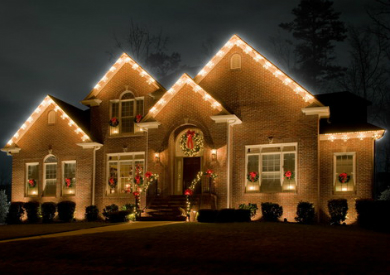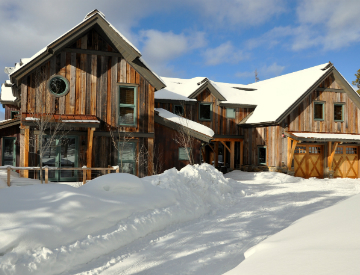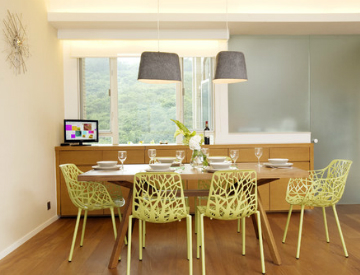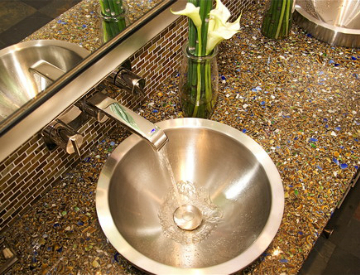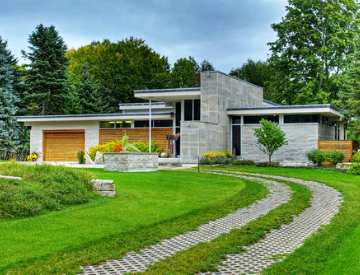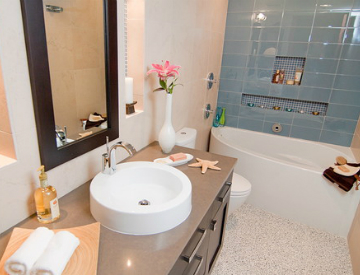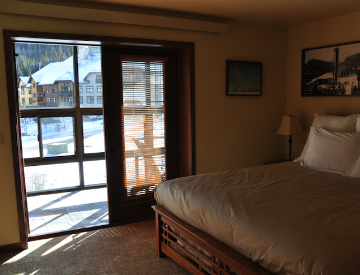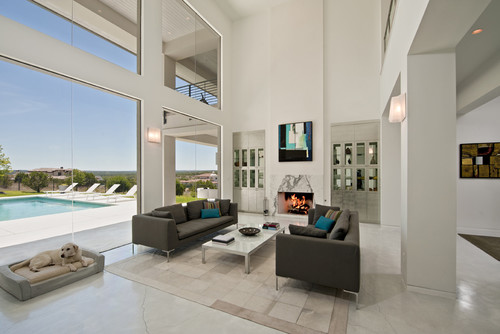Everybody knows that great lighting is a part of any display that you have inside and outside of your home during the holiday season. However, actually achieving a great lighting scheme isn’t as easy as putting up some colorful bulbs and hoping for the best. This year, use these holiday lighting tips from Trilogy to make your home the best looking one on the block.
- Make sure your pathway is well lit. Even a cement pathway lined with shrubs or flowers can use decorative white lights to improve visibility and give your walkway a little bit more holiday spirit.
- Light wreaths and other decorative items that you put on your front door or on the porch. Canister lights designed for outside work well, as do rows of decorative bulbs on strings, as long as they’re bright enough.
- Hang your LED lights in strategic rows to give an abstract design while keeping your home festive. If you’re feeling really creative, you can even use lights to spell out holiday-related greetings on your roof, front porch or even your garage door. Just take your time and don’t rush!
Contact Trilogy for more information and holiday lighting tips you can use this season.
